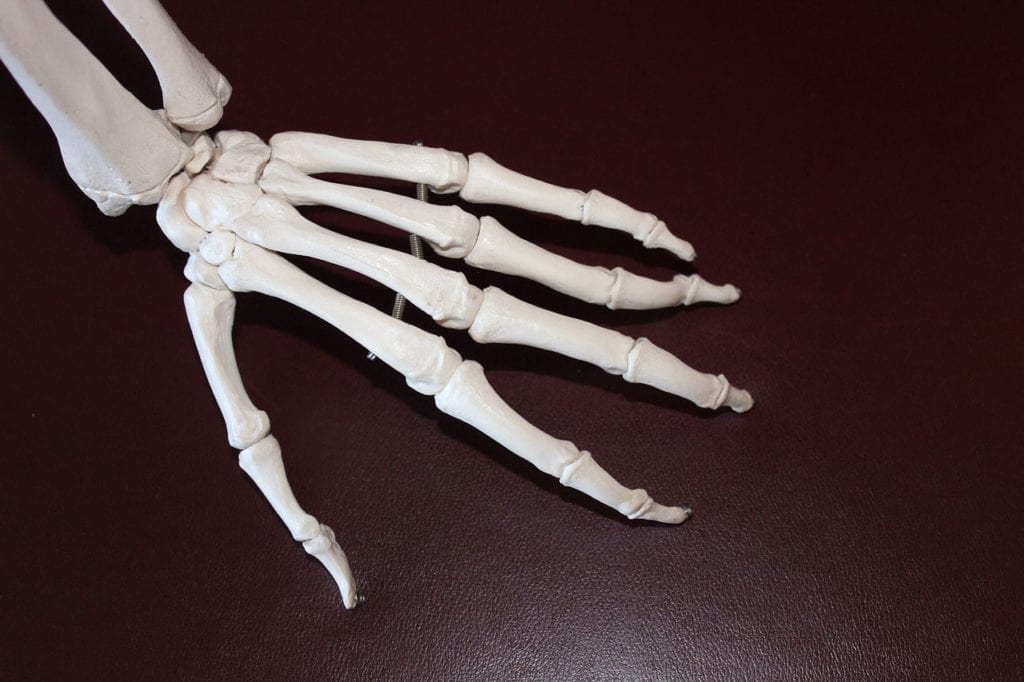Living with a chronic illness is hard enough. When you have juvenile idiopathic arthritis, you learn to manage pain and health issues at an age when most of your peers don’t need to think about it. On top of that, the symptoms are often invisible. This means you go through life hurdling challenges that nobody else can see.
There are about seven defined types of juvenile idiopathic arthritis. Each type has unique characteristic symptoms, but they all refer to joint inflammation of an unknown cause in a young person. In this case, young person means under 17. After that age, it’s referred to as rheumatoid arthritis. Joint pain can include swelling, stiffness, and inflammation. Most people are aware that juvenile idiopathic arthritis causes aching joints, but there’s a common misconception that that’s all it does. In reality, it can cause all sorts of symptoms including rashes, fevers, swollen lymph nodes, vision problems, fatigue, dry mouth, and abnormal heart rate. The list goes on. To read more about this condition, click here.
To be clear, juvenile idiopathic arthritis is not your grandma’s arthritis. Osteoarthritis is what causes creaky knees and swollen joints in older people. This happens as the cartilage that protects the ends of bones wear down throughout life. While the two conditions both cause joint pain, they’re separate diseases with different causes and symptoms. Most cases of juvenile idiopathic arthritis are considered autoimmune disorders. When people conflate the two disorders, it can be frustrating for the people who suffer from them.
According to Health Union’s recent survey, over 85% of people who suffer from juvenile idiopathic arthritis find it difficult to explain their “invisible” symptoms to the people around them. Fatigue is the most commonly cited symptom, followed by joint pain and stiffness, and body aches. They also reported sleep problems, mental health issues, and impaired grip strength. About 70% respondents reported taking a anti-rheumatic medicine, and a little over half took another type of drug as well.
These symptoms may interfere with individual’s social lives, ability to do chores, and ability to join in on physically demanding exercise or activities. While individuals with juvenile idiopathic arthritis struggle, many of the people around them assume they’re healthy and fine. About 30% of respondents to the Health Union survey reported that they don’t feel that even their doctor addressed their questions or symptoms thoroughly. This led to a high rate of patients who changed health care providers.
On www.kidsgetarthritistoo.org young people with juvenile idiopathic arthritis share their stories. They talk about missing school, having good days when they feel fine, and bad days when it feels like the medicine has stopped working.
They share their accomplishments in school, sports, and volunteer activities. Many stories share a sense of feeling misunderstood, or at times, left out. However, many of these young people are involved with the juvenile idiopathic arthritis community. They engage through conferences, summer camps, and online platforms. Through this community, they’ve met friends who have juvenile idiopathic arthritis, and understand the experiences no one else can see.






